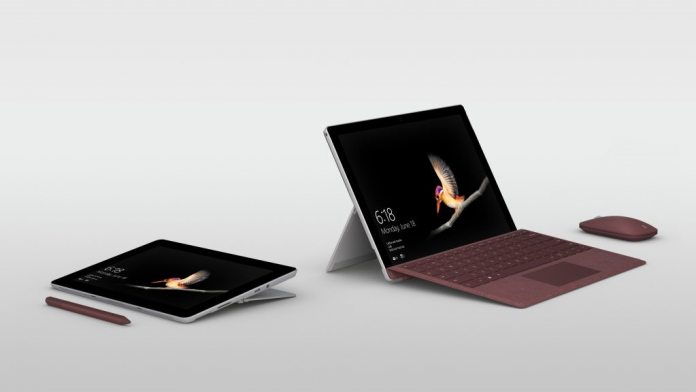It’s unclear what Intel said to convince Microsoft, or if any discounts were involved. However, ARM processors on Windows are very much in their infancy, and unable to offer the same degree of performance. There are a number of reasons to miss ARM currently beyond Intel’s push. Still, we can’t help but imagine the battery life improvements ARM would bring. The Surface Go touts a measly 9 hours next to the 20 hours of Always Connected PCs. For students, that could prove more useful, but an Intel processor does cast a wider net. Ultimately, it was probably the right move, the Surface Go receiving favorable reviews. With Intel, the 2-in-1 is able to provide significantly more apps than competitors like the iPad Pro once upgraded from its default Windows 10 S mode.
Windows 10 ARM is in Its Infancy
However, with stronger Qualcomm chips coming next year, that may not remain the case. The Snapdragon 850 could power a big leap, though initial benchmarks have failed to impress. More interesting are the reports of a Snapdragon 1000, which is described as an ultrabook-tier processor for Always Connected PCs. It’s not clear when the chip would launch, but it could finally bring Windows 10 on ARM to a level many consumers are comfortable with. Whether Microsoft will implement it in future hardware is another question, but with more and more hints of a foldable device surfacing, we could soon find out.




